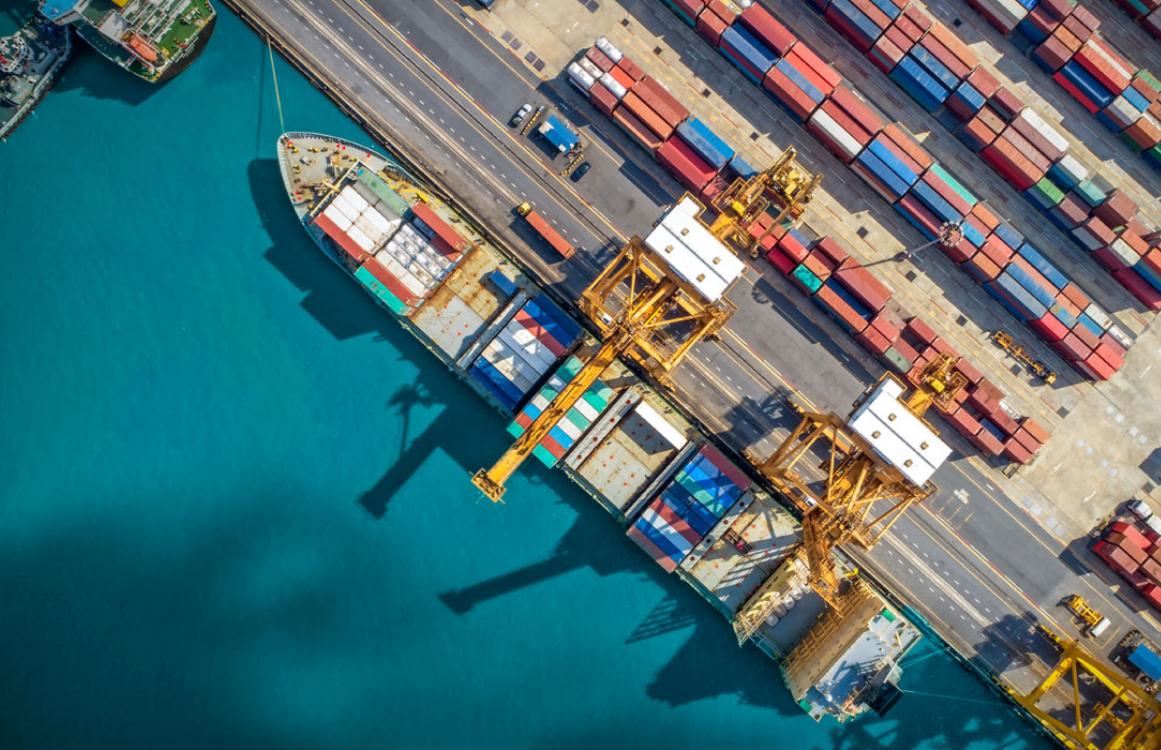
Maritime transport is essential for global trade, being responsible for moving more than 80% of the goods in the world . However, its direct emissions are an integral part of the supply chain and reducing them is crucial to addressing climate change.
In this sense, maritime transport is responsible for between 2% and 3% of global greenhouse gas (GHG) emissions.
Given this, the sector is taking measures to reduce these emissions . For example, orders have been placed for more than 200 ships powered by methanol, a viable fuel for the transition towards decarbonization. However, these zero-emission fuels are in short supply , and most supply projects have not yet reached the final investment decision needed to begin construction.
The First Movers Coalition (FMC), a global signal of demand for zero-emission technologies, has published a report in collaboration with the Boston Consulting Group , titled “Key Barriers to Scaling Zero-Emission Fuel Supply Insight Report.” , which highlights 10 barriers in 5 categories and potential solutions to expand the supply of zero-emission fuels.
- Customer and consumer demand.
- Lack of clear demand signals with sufficient willingness to pay; methanol absorption volumes in dual-fuel vessels remain uncertain. Companies struggle to absorb green premiums alone
- Expectation gap between fuel producers and transporters on the terms of supply agreements.
- Economy and Finance.
- Lack of credible third-party cost estimates; makes it difficult for financiers and buyers to evaluate investments and contractual options for different zero-emission fuel pathways.
- Lack of adequate financing instruments.
- Regulatory Affairs.
- Lack of strong short- and medium-term mandates or a global price for carbon; policies that are emerging (e.g. EU, IMO) but need geographically reciprocal regulations to set a minimum price and volume on the demand side.
- Lack of standard definitions, methods and certifications.
- Supply chain and infrastructure enablers.
- Specific risks of methanol and ammonia: Access to biogenic CO₂ for methanol, especially in locations close to cheap renewable energy, is becoming more difficult. Safety, especially for use as a marine fuel and handling in ports, is the biggest barrier for ammonia.
- Competition and lack of alignment with other sectors; Shipping competes versus collaborates with chemicals for methanol, fertilizers for ammonia and, more broadly, across sectors for H₂ and CO₂.
- Zero-Emission Fuels Infrastructure Gap: Uncertainties over the Responsibility of Last Mile Logistics.
- Organizational factors.
- Decision making and risk appetite are limited by gaps in experience; Decarbonization decisions and P&Ls do not always fall to the same team, creating friction and requiring new ways of working together within companies.
Given this, industry opinions reflect the importance of addressing these barriers and applying global market-based measures. They also urge work on a pricing mechanism to make green fuels financially viable.
The report highlights that actions are being taken to decarbonize shipping , such as signing agreements to develop green methanol supply infrastructure in ports, and launching requests for proposals for low-emission ammonia solutions.
Collaboration between sectors and the aggregation of demand are crucial to drive the transition to zero-emission fuels.
Likewise, the United Nations Office of Trade and Development (UNCTAD) has called for the resilience and sustainability of global supply chains, amid growing trade disruptions.
Comment and follow us on X: @GrupoT21















